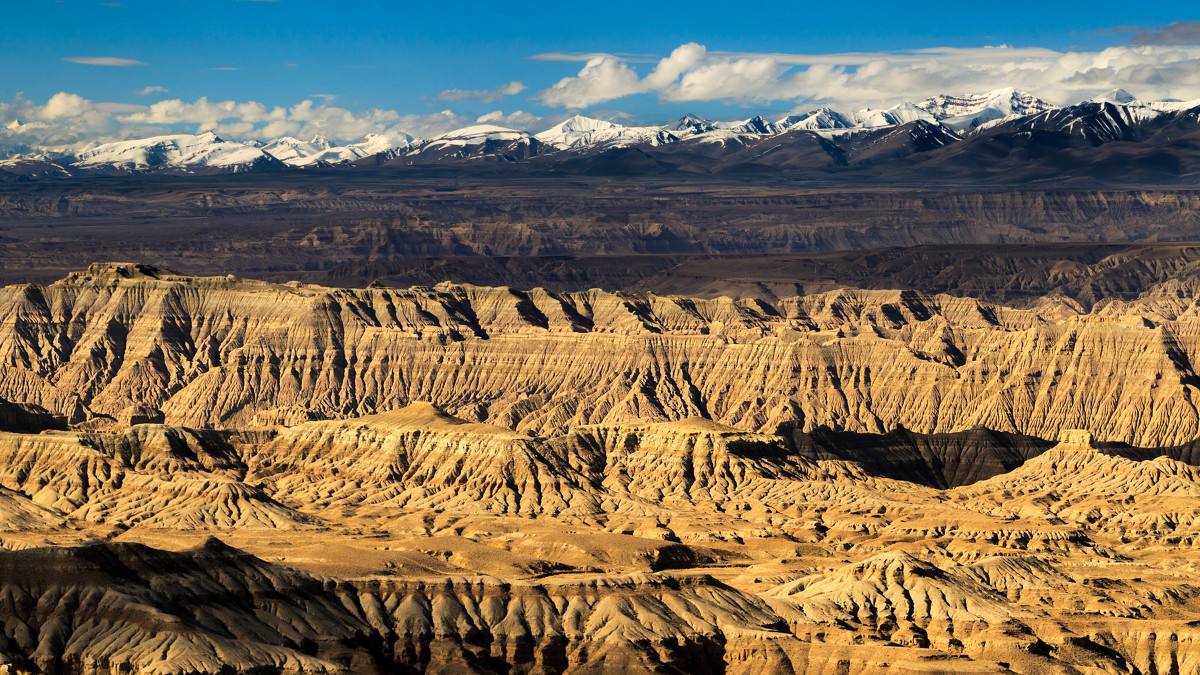Information
Joint Archaeology of Large-scale Ancient Ruins Launched in Nagri, Tibet
The cultural heritages unearthed in the joint archaeological exploration of large-scale ancient ruins launched in Nagri, Tibet have demonstrated the existence of a “Plateau Silk Road”. Since 2014, archaeologists have discovered many ancient human ruins in Ngari, Tibet. Based on the studies of the unearthed local cultural relics, there already were developed civilizations on the Qinghai-Tibet Plateau before Buddhism was introduced into the region.
In order to further clarify the history of the Qinghai-Tibet Plateau, the State Administration of Cultural Heritage and the Tibet Administration of Cultural Heritage organized domestic archaeologists to implement the largest joint archaeological exploration of all time in Tibet in early July. The archaeological exploration mainly includes the excavation of some sites in the Sutlej River Valley and Zanda Earth Forest in Ngari, such as the Piyang-Dongga Site, the Qulong Site and some other ancient human remains.
Experts from the Institute of Archaeology of Chinese Academy of Social Sciences, the Tibet Autonomous Regional Institute of Cultural Relics Protection, the Shaanxi Provincial Institute of Archaeology, and the School of History and Culture of Sichuan University participated the joint exploration, making it the largest archaeological project of all time in the Tibet Autonomous Region.
On July 28, some important cultural relics unearthed in the region in recent years were officially exhibited in Ngari. The exhibition gave an important message that about 2000 years ago in Ngari, there was likely a plateau Silk Road which was closely linked with the Central Plains in ancient China.
More than 60 pieces of precious cultural relics were on display, including golden masks, silk, tea, Dzi beads, bronze ware, pottery, etc., which could be traced back to 2000 to 1800 years ago. This is the first time in Tibet to exhibit the recent archaeological findings by domestic archaeologists and scholars years in Ngari.
Category: English
News
Information
Key words:

